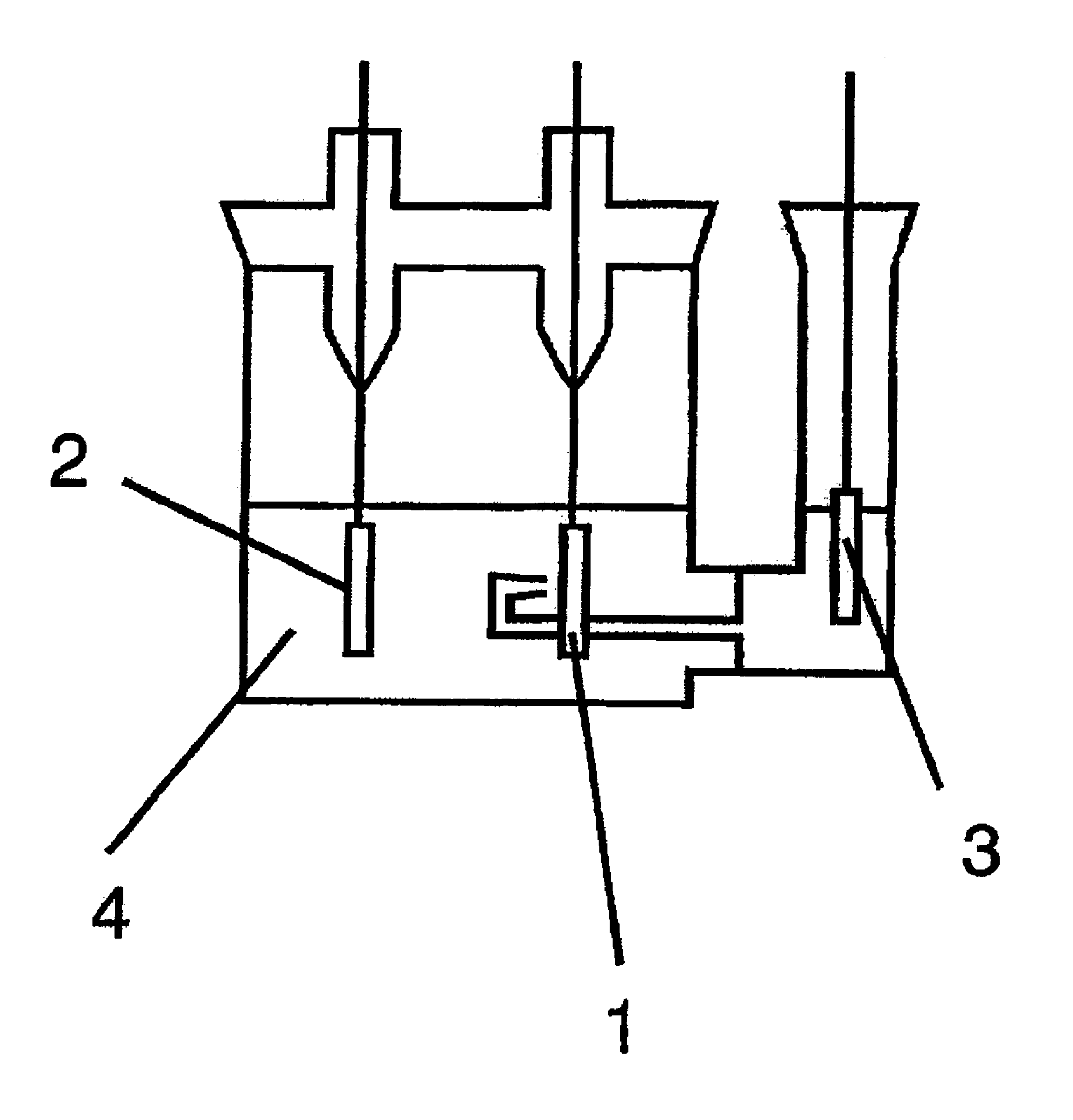Non-aqueous electrolyte secondary battery
a secondary battery and electrolyte technology, applied in the field of non-aqueous electrolyte secondary batteries, can solve the problems of reducing the discharge capacity of secondary batteries. , to achieve the effect of improving the discharge capacity and good cycle performan
- Summary
- Abstract
- Description
- Claims
- Application Information
AI Technical Summary
Benefits of technology
Problems solved by technology
Method used
Image
Examples
examples
[0059]Hereinbelow, the present invention is described in further detail by way of examples thereof. It should be construed, however, that the present invention is not limited to the following examples but various changes and modifications are possible without departing from the scope of the invention.
experiment 1
Example 1
Preparation of Positive Electrode
[0060]In Example 1, a lithium-excess transition metal oxide Li1.2Mn0.54Ni0.13Co0.13O2 was used as the positive electrode active material.
[0061]First, lithium hydroxide (LiOH) and Mn0.67Ni0.17Co0.17(OH)2 prepared by coprecipitatation were mixed so as to be in a desired stoichiometric ratio, and the mixed powder was used as the starting material. The mixed powder was formed into pellets and sintered in the air at 900° C. for 24 hours. Thus, a positive electrode active material comprising Li1.2Mn0.54Ni0.13Co0.13O2 was synthesized.
[0062]The resultant lithium-containing transition metal oxide (Li1.2Mn0.54Ni0.13Co0.13O2) was analyzed by powder X-ray diffraction analysis for phase identification. The phase identified was a mixed phase of a structure belonging to the space group R-3m and a structure belonging to the space group C2 / m or C2 / c.
[0063]Next, using the lithium-containing transition metal oxide as the positive electrode active material, 90 ...
experiment 2
[0084]Next, the cycle performance and charge voltage were studied for the batteries that used a graphite material as the negative electrode active material.
PUM
| Property | Measurement | Unit |
|---|---|---|
| temperature | aaaaa | aaaaa |
| voltage | aaaaa | aaaaa |
| voltage | aaaaa | aaaaa |
Abstract
Description
Claims
Application Information
 Login to view more
Login to view more - R&D Engineer
- R&D Manager
- IP Professional
- Industry Leading Data Capabilities
- Powerful AI technology
- Patent DNA Extraction
Browse by: Latest US Patents, China's latest patents, Technical Efficacy Thesaurus, Application Domain, Technology Topic.
© 2024 PatSnap. All rights reserved.Legal|Privacy policy|Modern Slavery Act Transparency Statement|Sitemap


